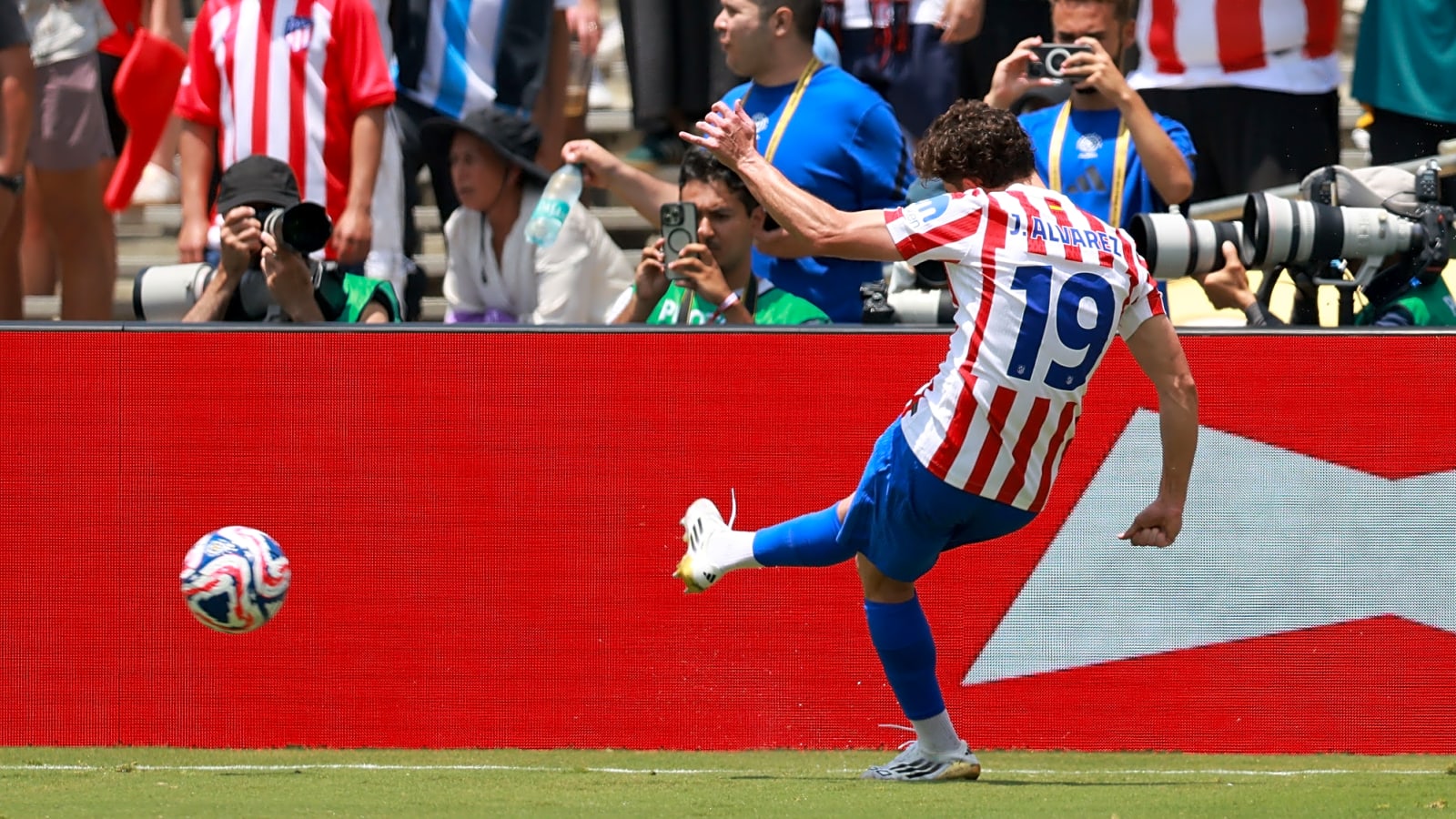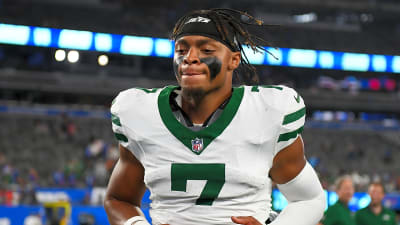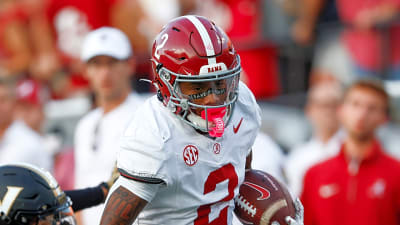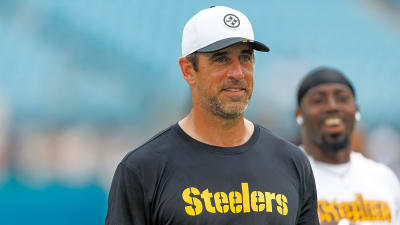
A claim did the rounds today that the entourage of Julián Álvarez believe he made a mistake by joining Atlético Madrid. The line is attributed to journalist Matias Palacios and has been amplified by multiple outlets on social platforms. It frames the feeling as second thoughts from people close to the player rather than a direct quote from Álvarez himself. The framing matters because it signals mood music around the forward at the start of a new season rather than a formal declaration from the club or the player.
Taking one step back helps. Atlético signed Álvarez from Manchester City last summer on a long-term deal after agreeing a fee reported at up to 95 million euros. The club announced the transfer on August 12, 2024, and reputable outlets in England and the United States reported the headline numbers the week before the agreement was reached. Pep Guardiola preferred Erling Haaland as his starting striker for obv ious reasons, and the 25-year-old had limited space in the team.
Twelve months on, the conversation about regret lands in a very different context from the day he arrived. Any judgment needs to balance two truths. There is a fresh wave of scrutiny after Atlético reshaped the attack again this summer. There is also a full season of evidence that Álvarez has largely delivered on the pitch.
How The Move Looked on Day One and What Followed
When he put pen to paper, Álvarez was not a gamble. Pep Guardiola preferred Erling Haaland as his starting striker for obvious reasons, and the 25-year-old had limited space in the team.
He was a World Cup winner in his prime who needed to be a focal point rather than a rotation piece. Atlético sold the dream of being that focal point, and the first season backed it up. He finished 2024 to 2025 as the club’s top scorer in all competitions according to season records and fan vote tallies that credited him with a standout campaign and the club’s Player of the Season award. The official season page shows him as the leading scorer across all competitions, while multiple outle ts reflected the same sentiment when the awards were handed out.
The summer noise of 2025 even included a strong message from Diego Simeone that the striker was not for sale amid interest chatter from major clubs. That stance is consistent with a coach who sees Álvarez as central to the project and who rarely allows a core attacker to walk in the middle of a build.
Fast forward to the start of this league campaign, and the football offered an immediate reminder of his quality. Atlético opened at Espanyol, and Álvarez scored a fine free kick that briefly looked like the perfect launch pad before the team faded. Spanish press match reports praised the bright opening and his goal even as they criticized familiar lapses that led to a late turnaround. The result stung. The individual performance did not suggest a player out of his depth.
So why the talk of regret now? The short answer is changing context. The long answer is tactics and competition.
Tactics and the Competition for Minutes
Simeone has been evolving his structure. There has been a tilt toward a 4 2 3 1 shape at times, with Álvarez as the reference nine and three creators behind him. A preseason and opening weekend preview from the Atlético beat laid out that alignment and listed new arrivals who can play in those three attacking slots. Depending on spacing and ball progression through midfield, that kind of shape can feed a striker or suffocate him. It also raises the bar for his off-the-ball work because the press starts with him.
The names around him are not minor additions. Atlético added Thiago Almada as a marquee signing. They also brought in Álex Baena and Giacomo Raspadori, while strengthening the back line with David Hancko and adding Johnny Cardoso for midfield legs. Spanish outlets covered the scale of the refresh and the expectation that five of the seven newcomers could start right away. That is exciting for team upside and stressful for role clarity because it floods the final third with ball-dominant players who also like to drift into the half spaces that Álvarez often attacks when he drops short.
Layer on the usual Atlético dynamics. Simeone demands vertical running and sacrifice from his striker. Transition phases are prized. There will be matches where the nine touches the ball far less than he did in a possession-heavy Manchester City side. Certain forwards thrive in that trade-off. Others miss the rhythm of constant combination play. When frustration bubbles up around minutes or involvement, not every camp keeps that in-house. Sometimes, entourage voices leak, and social amplification does the rest. That seems to be the ecosystem in which the Palacios line has spread.
None of that erases the fact that Álvarez is already producing in this new season. Early stat snapshots show involvement and shot creation in the opener, including the free kick goal. Numbers will ebb and flow across the first month, yet the tape and the data through one leagu e game do not scream buyer’s remorse from Atlético’s perspective.
So Was it a Mistake?
Calling the transfer a mistake after one league weekend of year two ignores a strong first season, the fee context, and the strategic role Simeone has carved out. The move cost close to a club record for Atlético. The club doubled down this summer by building a creative platform behind him rather than recruiting a like-for-like nine to displace him. Reports of regret are worth noting because they often speak to real day-to-day frustrations. They do not automatically mean a rupture is inevitable.
The truth is likely in the middle. Álvarez swapped a possession machine where he was part of a rotation for a team that will hand him the keys yet ask him to run into the red every week. He is sharing the stage with high-touch creators who are learning from each other in real time. Atlético have already shown some of the same frailties that cost them points last year, and that can make any striker feel exposed when early leads slip. The Espanyol match was a textboo k example. The goal was pure class. The collective control faded.
If the entourage chatter reflects a desire for more consistent service or for clearer patterns in the final third, that is a football problem with a football solution. Settling on a preferred trio behind Álvarez, ironing out the press triggers, and keeping the midfield balance right when Pablo Barrios returns from injuries will all matter more than any social ripple. The club and coach already projected security around the player in June. A few wins and a few Álvarez finishes usually reduce the volume on the rest.
For now, the fairest reading is this. The report is newsworthy because it taps into genuine pressure points after a busy Atlético window. The evidence on the grass still supports the idea that Álvarez to Atlético was a rational move for both sides. The next six weeks will tell us whether the new creative cast can sharpen its supply and whether the defense can stop turning good attacking days into frustrating results. If those two things stabilize, the word mistake will be far from the truth.
More must-reads:
- Arsenal move another step closer to transfer steal
- Report reveals how hard Warriors tried to trade for LeBron James
- The 'Second-leading receiver by NFL team' quiz
Breaking News
Trending News
Customize Your Newsletter
 +
+
Get the latest news and rumors, customized to your favorite sports and teams. Emailed daily. Always free!








